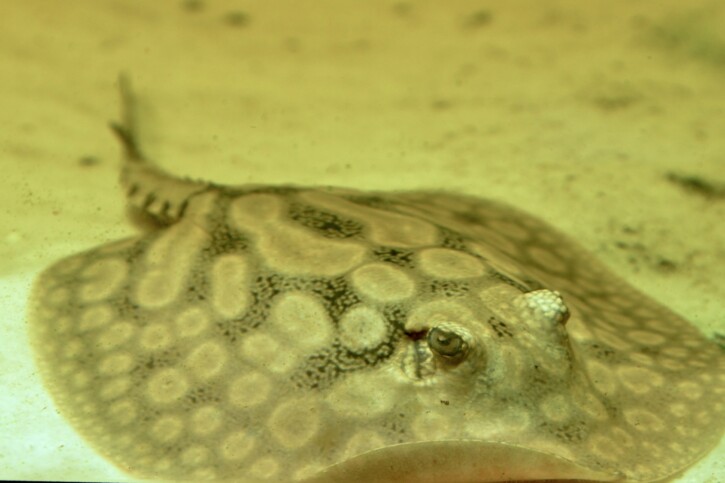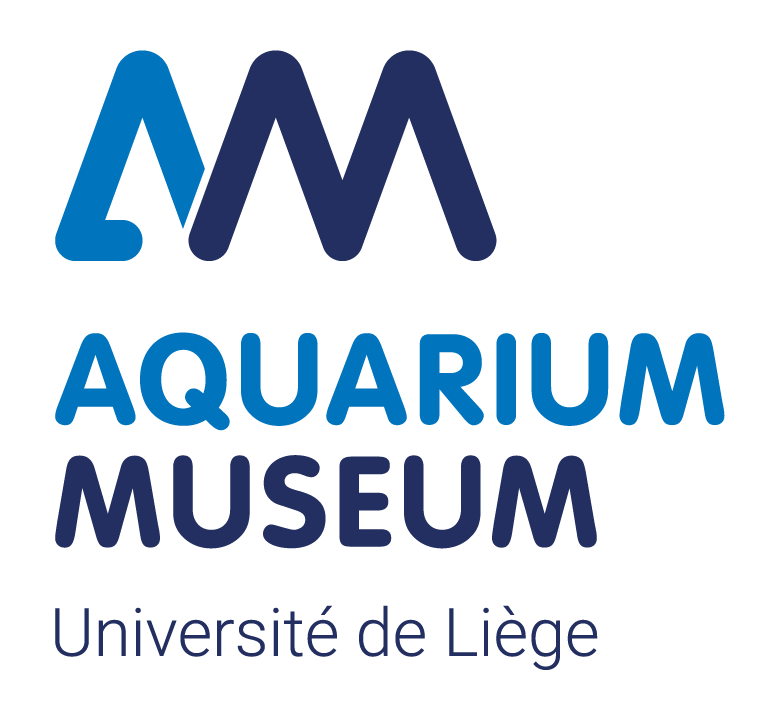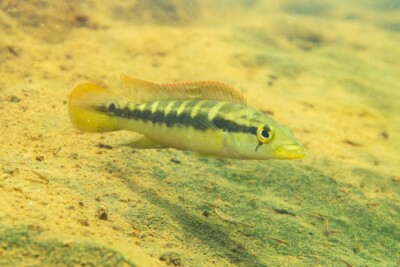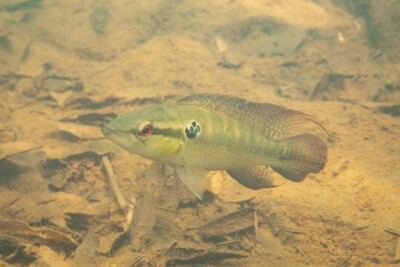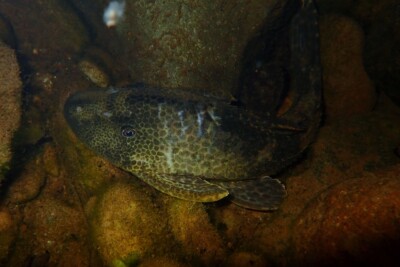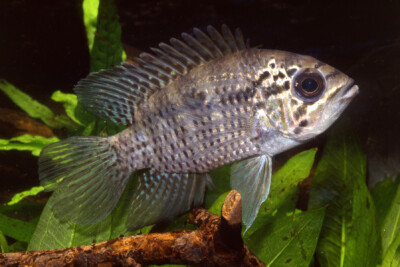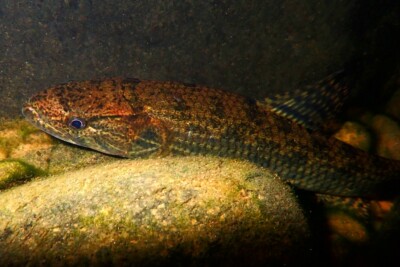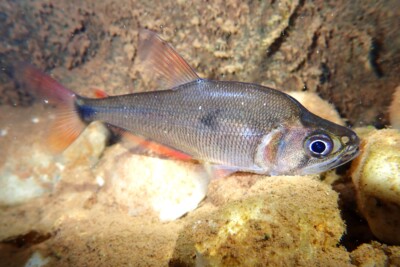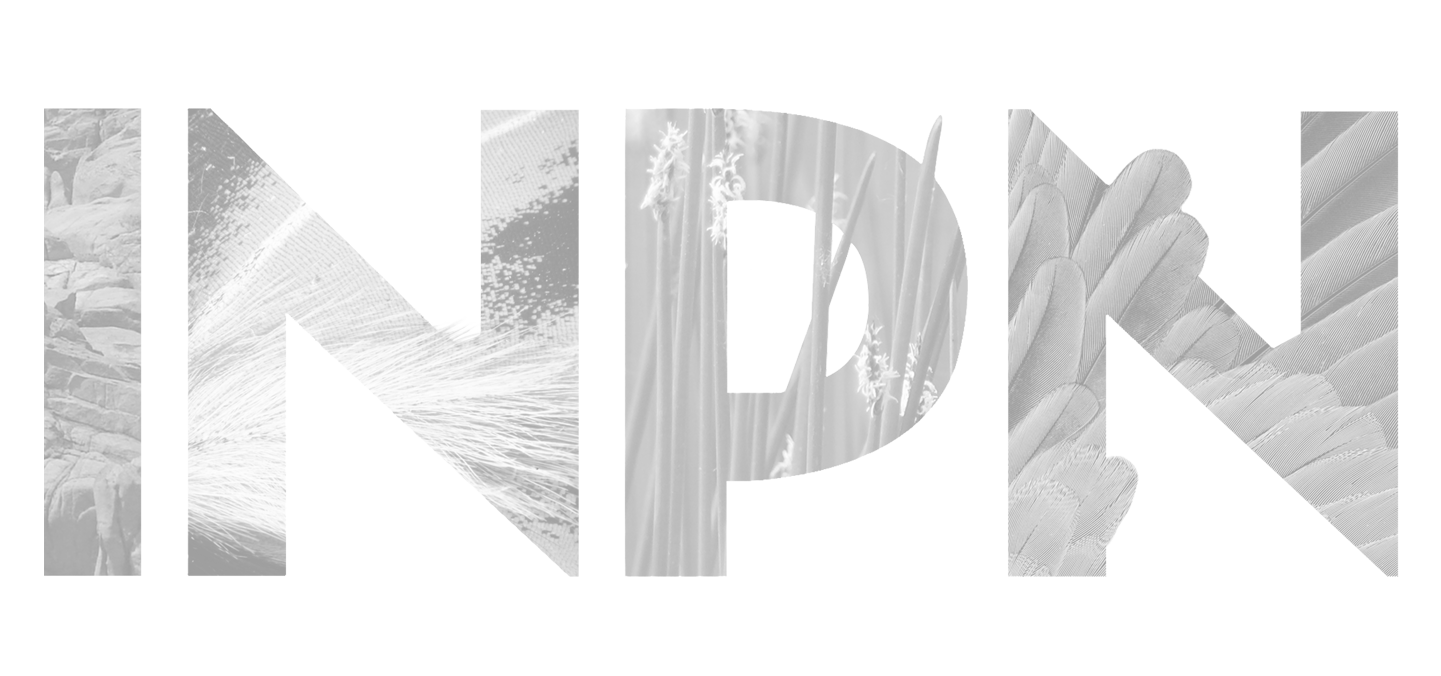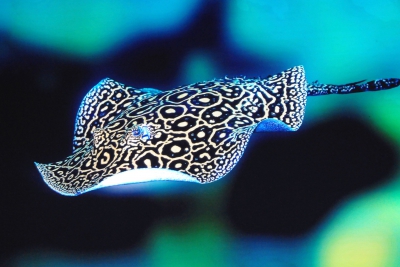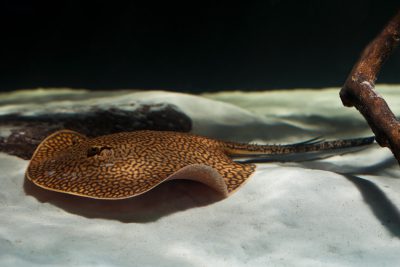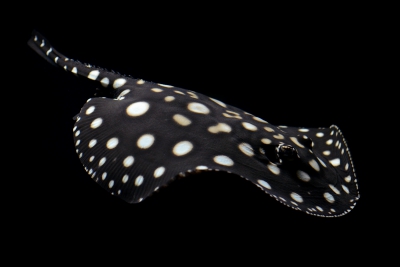Cururu Ray
| Family | Potamotrygonidae |
|---|---|
| Genus | Potamotrygon |
| IUCN category (World) | NE |
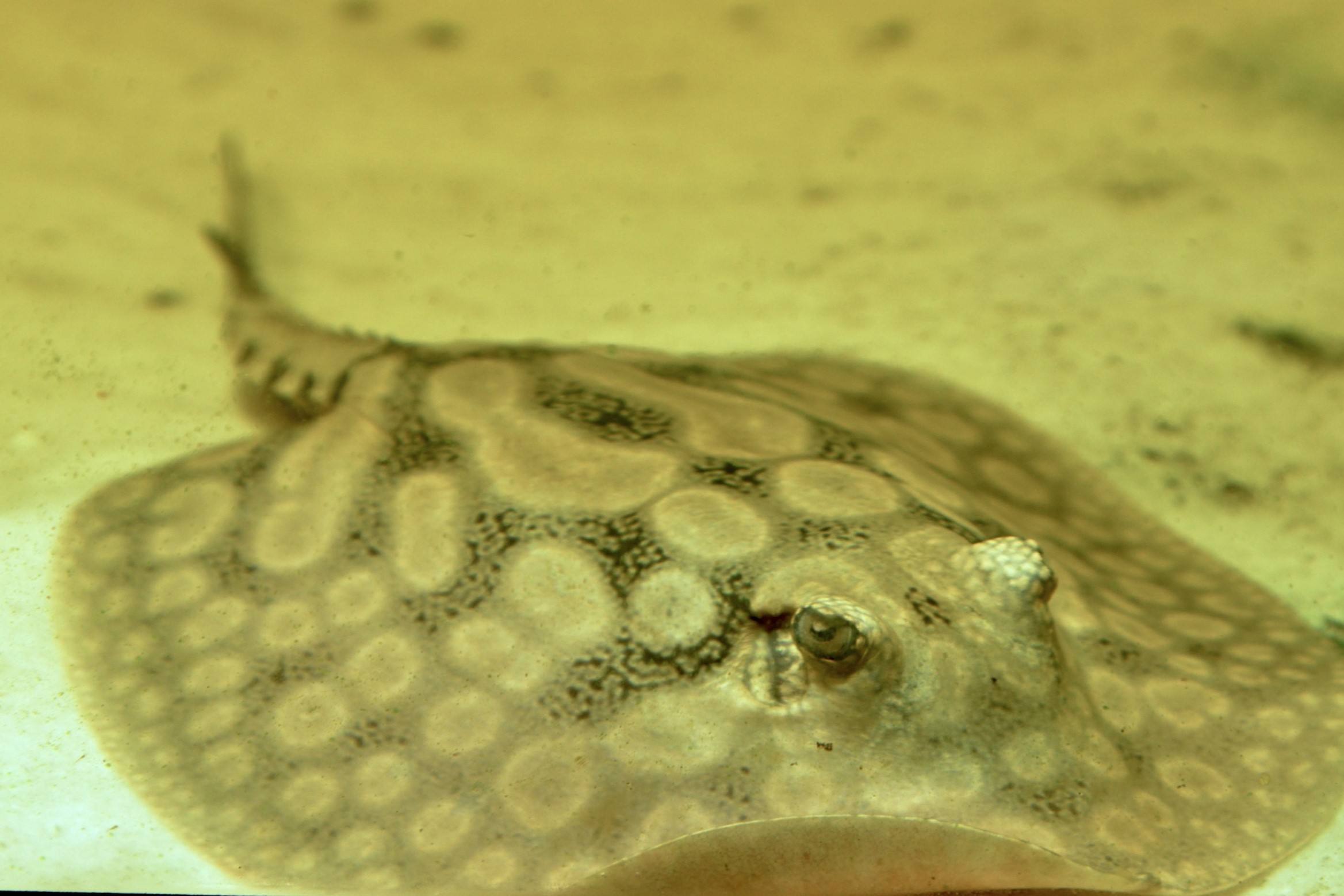

Introduction
Potamotrygon wallacei, commonly known as Cururu Ray, is a fresh water fish from the Amérique du Sud.
This sheet is currently being prepared. The texts currently proposed come from our data model or are being drafted. To request priority for this content, you can write to us HERE.
Who is it?
Morphology
-
Type
-
Average size30 cm
-
Maximum size31 cm
-
ShapeCircular
-
Mimicrymud
-
Patternponctuations
-
Type
-
Average size30 cm
-
Maximum size31 cm
-
ShapeCircular
-
Mimicrymud
-
Patternponctuations
How to recognize This fish ?
The Cururu Ray measures between 30 and 31 cm. This fish is bicolore with a predominantly marron and beige body. The also has ponctuations.
Behaviour & Life cycle
-
dietcarnivorous
-
Sociabilitysolitary
-
territorialNo
-
Way of livingdiurnal
The Cururu Ray hunts in the stalk and is one of the predators of its biotope. Opportunistic, it does not hesitate to attack any smaller animal nearby.
The Cururu Ray is a fish solitary naturally found on the bottom. This species is carnivorous .
Although the Cururu Ray is non-territorial, it is sometimes aggressive towards other species.
Reproduction
-
Reproductionovovivipare
The Cururu Ray is a fish ovovivipare.
Risks for humans
-
VenomousYes
-
StingYes
This species is venomous and can cause serious injuries when touched.
Origin and distribution
What is its habitat?
Natural environment characteristics
-
Temperature25 - 28 °C
-
pH (acidity)3.5 - 5.5
-
FlowMedium and Slow
Biotope presentation
The acidification of water comes from the decomposition of plants. This phenomenon changes the color of the water, which tends to turn brown. In some areas particularly rich in organic matter, the water is so dark that it is called "black water".
The Cururu Ray is most often found at a depth between 0m and 5m. However, it is not impossible to find this species at other depths.
Species of the same biotope
To go further
Sources & Contributions
Participation & Validation
The Fishipedia team and specialist contributors are committed to providing high-quality content. However, although the information comes from scientific sources or testimonials from specialists, the cards may contain inaccuracies.

Benoit Chartrer
Translation
Translation done with the valuable contribution of our translators, who make this information available to a wider audience. We sincerely thank them for their commitment.
Bibliographic references
- - GBIF
- - XV. RAYAS DE AGUA DULCE (POTAMOTRYGONIDAE) DE SURAMÉRICA Parte II Colombia, Brasil, Perú, Bolivia, Paraguay, Uruguay y Argentina - Carlos A. Lasso - Ricardo de Souza Rosa - Mónica A. Morales-Betancourt - MARCELO R. DE CARVALHO - Domingos Garrone-Neto - Instituto de Investigación de Recursos Biológicos Alexander von Humboldt - 2016.
Scientific partners
Same genus
Species of the same biotope
